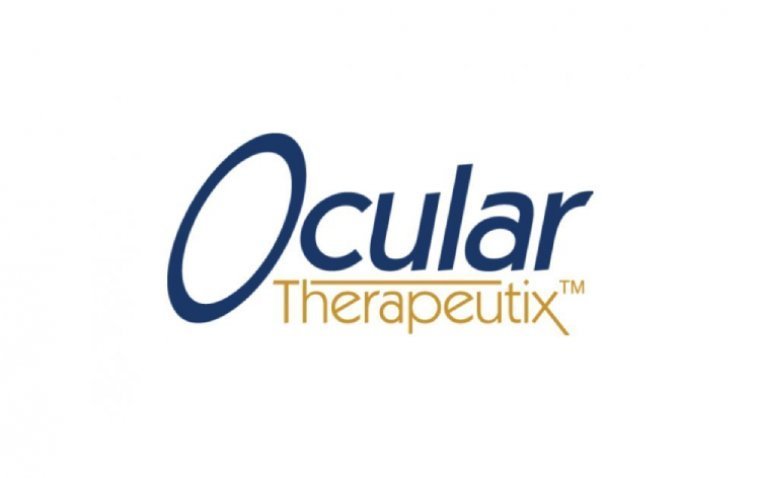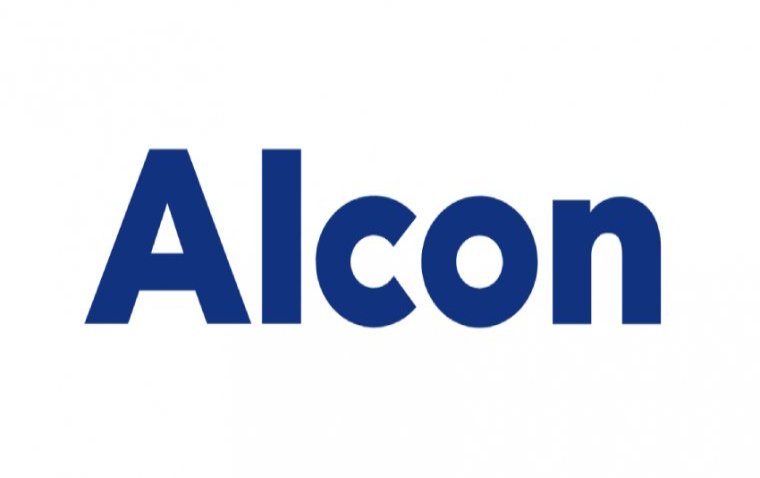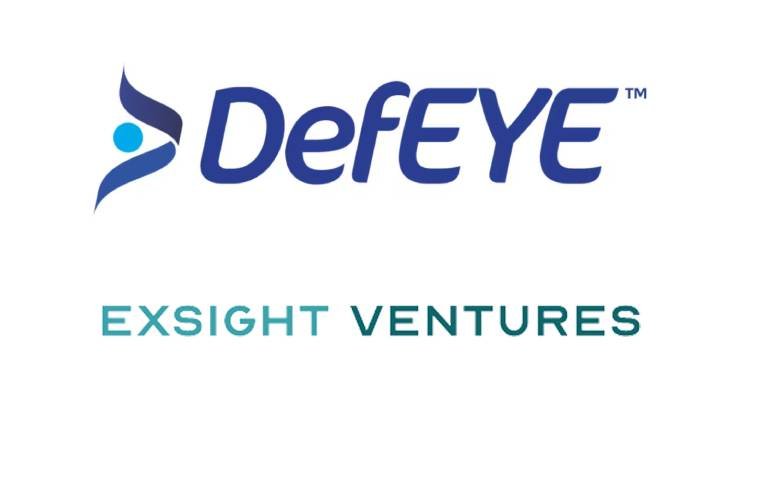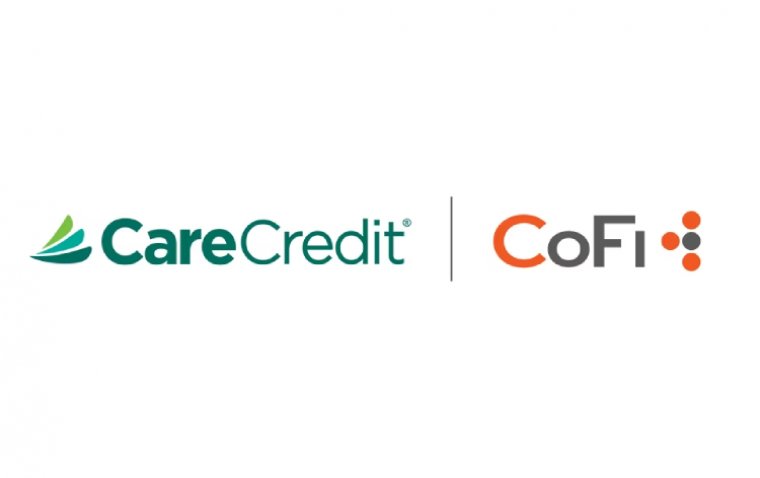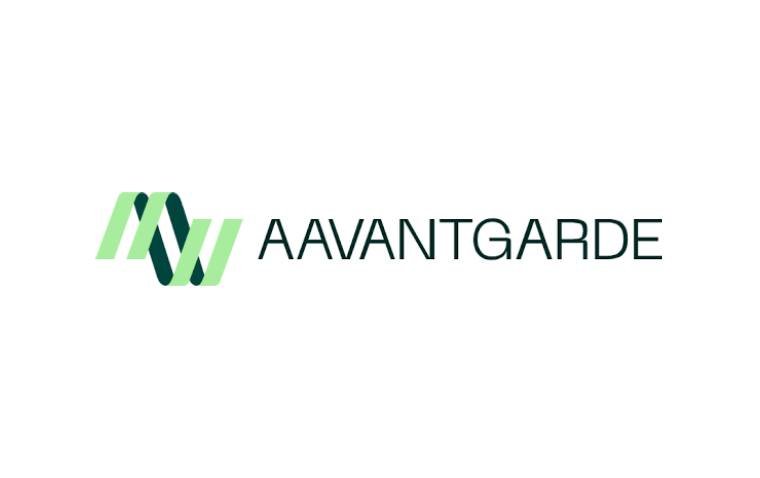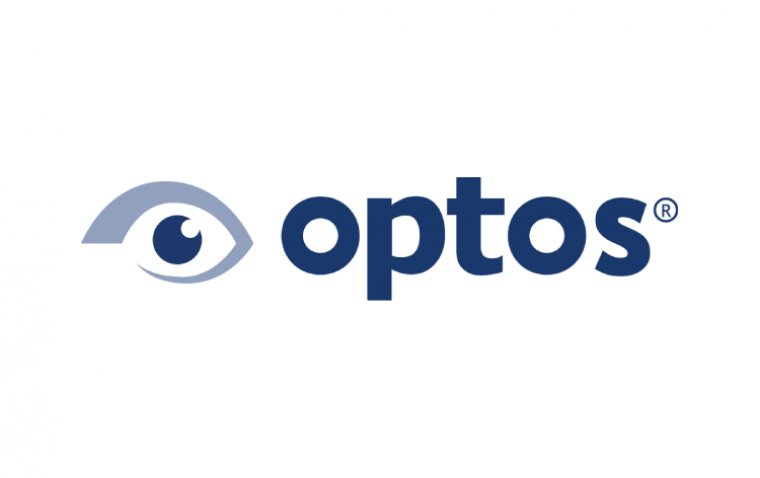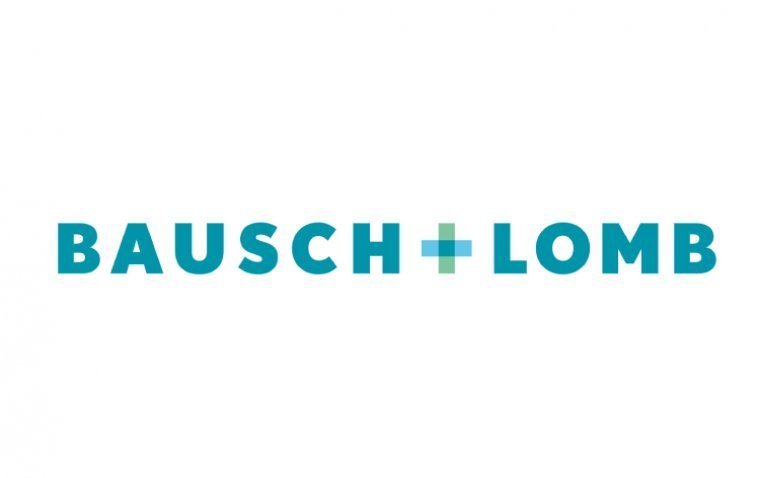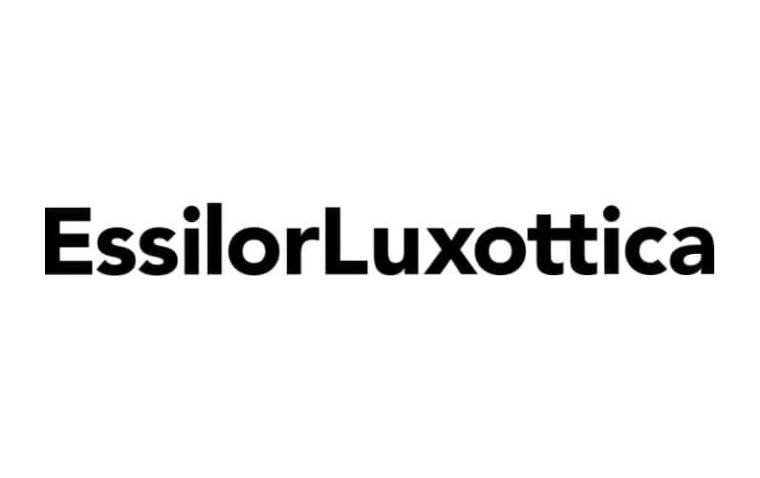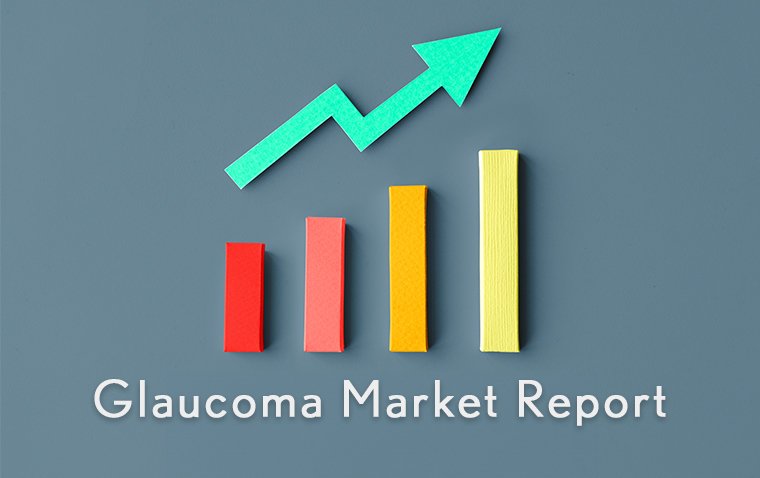
GlobalData: Glaucoma Market to Grow to $3.5 Billion by 2030
According to GlobalData, the glaucoma market across the seven major markets* is predicted to grow steadily from $2.8 billion in 2020 to $3.5 billion in 2030, with a compound annual growth rate (CAGR) of 2%.
According to the latest analysis from the top data and analytics company, 'Glaucoma - Global Drug Forecast and Market Analysis to 2030,' the US will expand the fastest with a CAGR of 2.7%, followed by the 5EU with 0.2 % growth and Japan will decline by 0.9%.
The company notes that the main driver of global growth will be the launch of its seven pipeline products, primarily its sustained-release (SR) implants.
In recent years, many pharmaceutical companies have concentrated on developing products outside of the conventional glaucoma treatment classes in order to give a new mechanism of action (MOA) for lowering IOP that can be used in conjunction with existing treatments.
Rho kinase inhibitors (RKIs), for example, have sparked a lot of attention in recent years, as well as small-interfering RNA (bamosiran) and LRRK2-targeting (h-1337) medicines that are currently in the pipeline.
Because of the mature nature of the glaucoma market, there is little unmet demand for the disease. However, one of these issues is that patients frequently do not comply to the complex treatment regimens, with many individuals requiring multiple drops per day.
These are Ocular Therapeutix’s otx-tp and ViSci Ltd’s latanoprost SR. The use of SR implants would be extremely useful, allowing many patients to be treated with their prescribed drops for three to six months.
"Other novel pipeline drugs in late-stage development include Nicox SA’s ncx-470 and Santen Pharmaceutical's sepetaprost. Both products function as PGAs, however, possess unique functionalities that may make them a desirable treatment option," said Sultan Ahmed, PhD, Pharma Analyst at GlobalData.
"Ncx-470 functions as a nitric oxide-donating bimatoprost analog whilst sepetaprost targets prostaglandin E2 receptor and prostaglandin F2 alpha receptor agonist, becoming the first PGA to act on multiple receptors. Therefore, GlobalData anticipates a continued growth of this market, with new treatments and optimized methods of administrations driving this."
*The seven major markets include: US, France, Germany, Italy, Spain, UK, Japan.
(1).jpg)
